Disclaimer: Soccer Whizz is a participant in the Amazon Services LLC Associates Program, an affiliate advertising program designed to provide a means for sites to earn advertising fees by advertising and linking to Amazon.co.uk (source: Section 5). As an Amazon Associate I earn from qualifying purchases.
Professional players are able to strike soccer balls with a high degree of accuracy and skill.
Some of the amazing goals that we see our idols score – from Cristiano Ronaldo’s memorable knuckleball free kick against Portsmouth to Roberto Carlos’ bullet of a strike against France – can be attributed to the sophisticated way in which these balls move in the air.
A soccer ball’s curving motion is quite a phenomenon, not only to newer fans of the game but also to the experienced veterans who’ve been watching and analysing the sport for decades.
So, just why do soccer balls curve when struck in a certain way?
I’ve written this article to explain exactly why, and I’ll start off by providing a succinct answer…
A soccer ball curves because of the spin applied onto it when struck by way of an angled run-up and an off-centre point of initial contact. This rotation is what causes the ball to bend, as aerodynamic forces generated from the spin cause a change in air pressure which alters its intended flight path.

Want to test your knowledge on soccer ball care?
Take the quiz by clicking the button below and see just how informed you truly are!
Note - You'll need to enter your email address to see the final results.








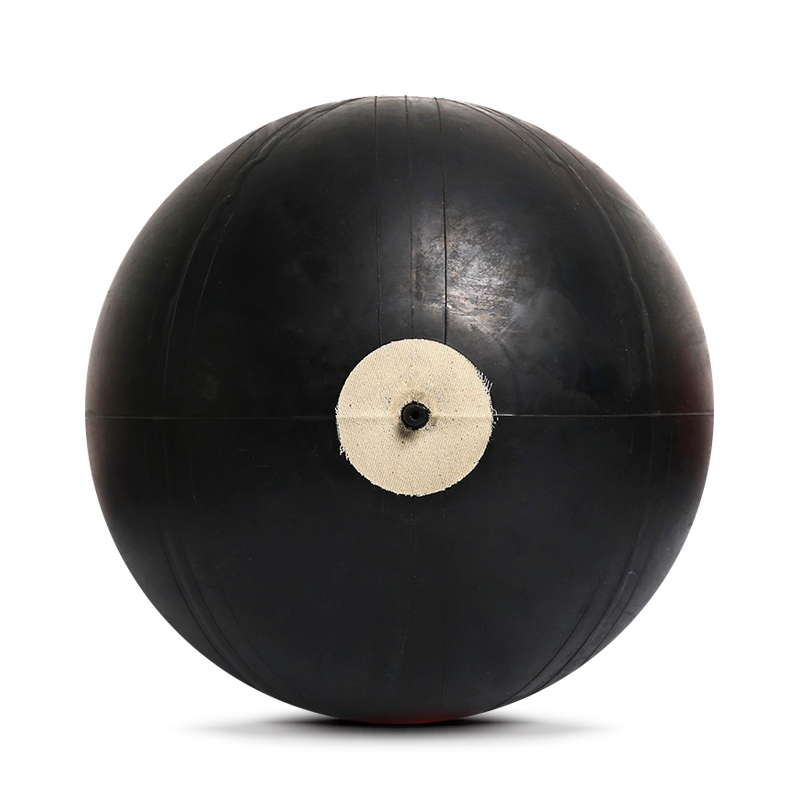

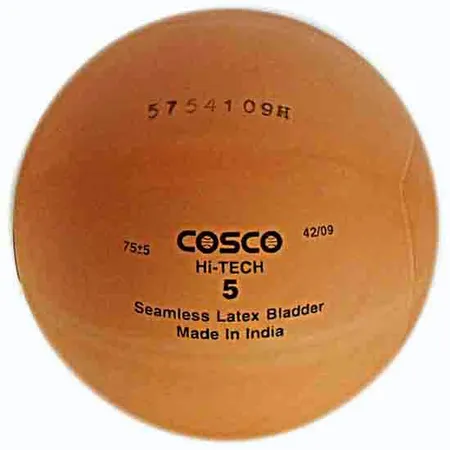



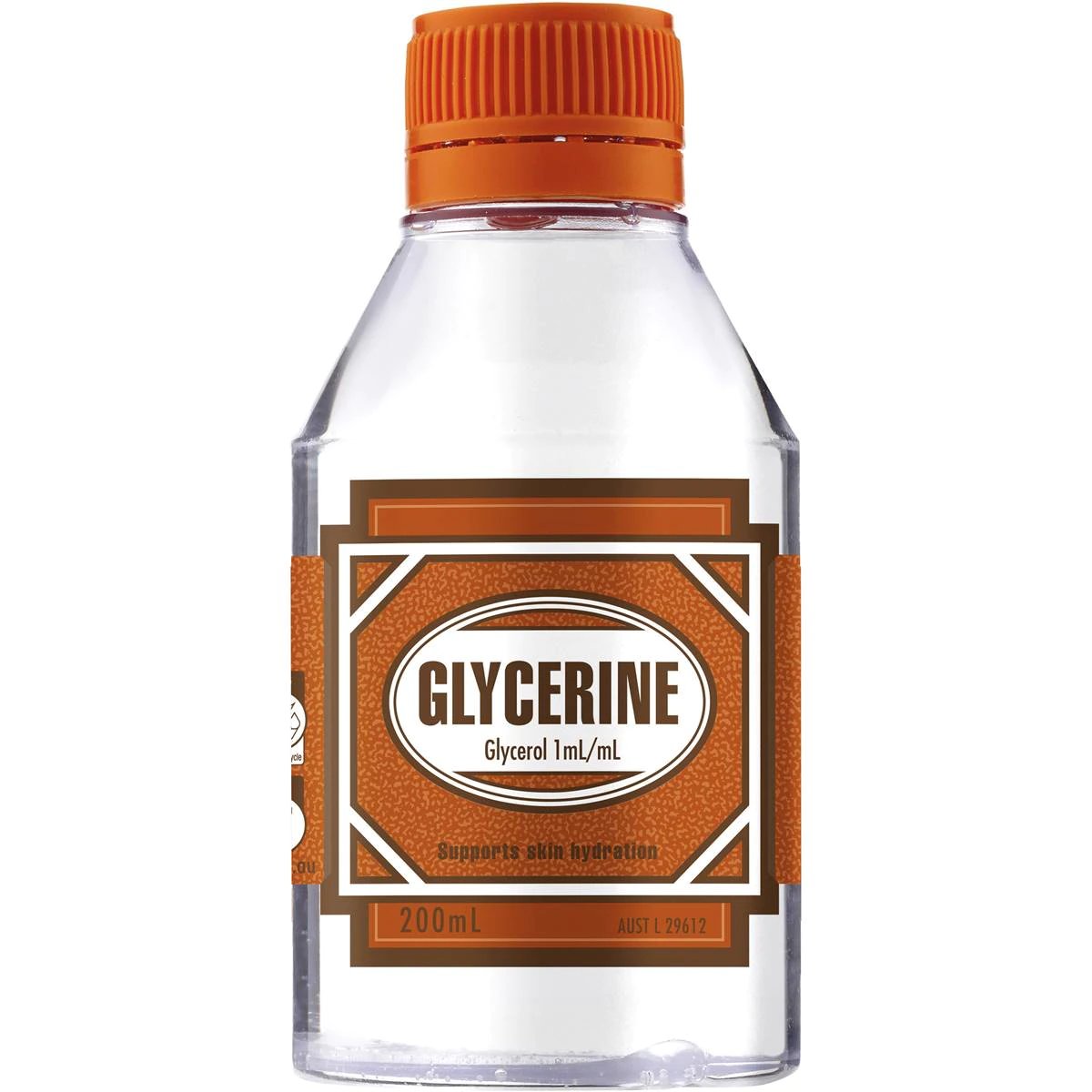




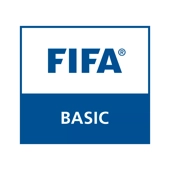


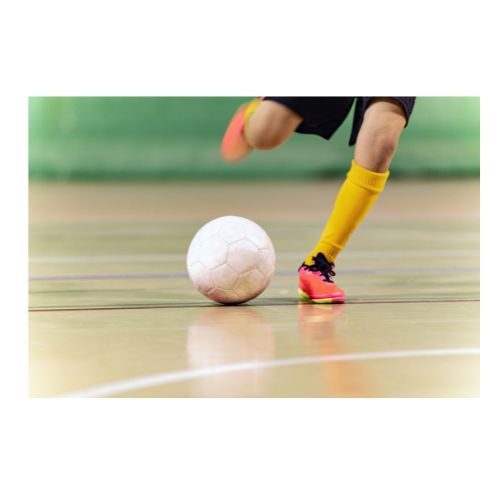

Let’s take a closer look at what this means…
Explaining curveball physics: The Magnus Effect
Now a spinning ball is able to curve because of a certain scientific principle that is known as The Magnus Effect.
It’s a concept that explains why there is a generation of a sidewise force on a spinning object of cylindrical or spherical shape that is immersed within a fluid (liquid or gas).
The spinning ball will depart from its normal flight path because of pressure differences that develop in the air which are caused by the change in velocity that is brought about by the rotating object.
So, the curved shot attempts that you see many of the professional players making aren’t just lucky strikes.
They are the end result of all the hard work put in on the training ground to master the fundamentals of this scientific concept.
I know this theory may sound a little complicated to read, so I thought I’d illustrate things better with an informative video:
My main takeaway from this clip is that the spin imparted on the ball when it’s kicked causes air pressure to move faster on one side of it a well as slower it down on the opposite side.
This then causes the ball to deviate from its course by way of curving as it travels.
How do soccer players curve the ball?
Curving a soccer ball with consistency is no easy feat.
You’ll have to work on your kicking technique just like the professionals do in order to perfect this sort of action.
But don’t worry!
I’ve outlined a couple of pointers for you that should accelerate your progression towards greater soccer ball curving skill.
1. Angled run-up
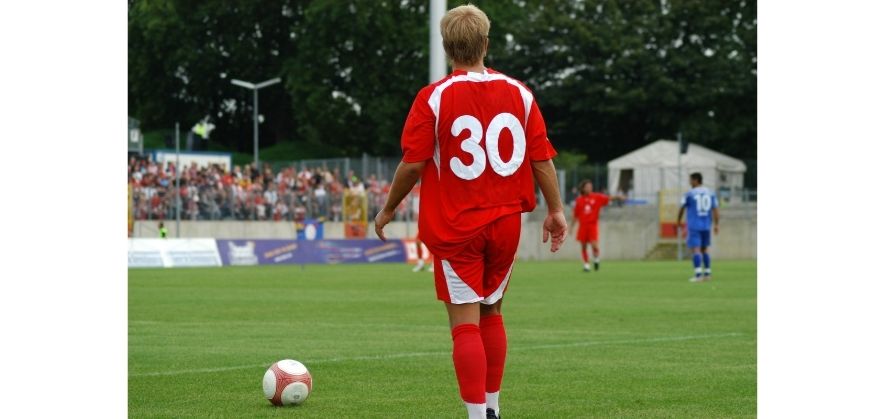
In order to easily generate curve on the ball, you need to get the basics right.
This includes the entire process of you running up to the ball before you make contact with it.
By running up towards the ball from a slight angle, you’re able to place yourself in a better striking position that will see you take a curved shot that has a much better chance of finding the opposition net.
If you are right-footed, you should make the run from the left hand-side of the soccer ball, and if you are left-footed, the opposite will apply.
There isn’t an optimal angle, as that will depend on personal preference.
But as you can see from the short video excerpt below, a near 90-degree run-up angle worked very well for David Beckham!
2. Inside foot contact
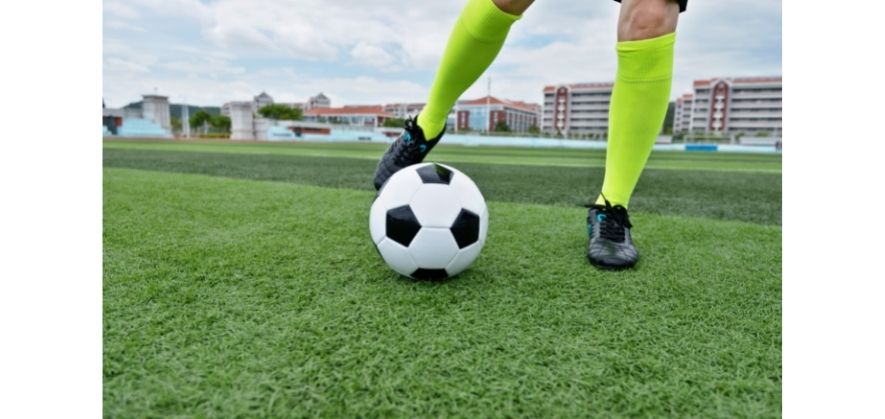
The next step is to ensure you make the right foot connection with the ball.
If you simply struck the ball right down the middle, the ball would simply travel in a straight line because of the fact that no spin was generated from that particular action.
So, using the inner part of your soccer cleats or Astro turf boots, make contact from an off-centre position to generate the spin that is needed for the curve to take place.
Additionally, if you’re a person that normally takes shot practice with a standard black and white soccer ball, you can use the pentagonal panels as a visual reference point to make sure that your placement is as accurate as possible.
3. Power application
Lastly, you’ll need to focus on kicking the ball with a greater amount of force.
If you put more weight into your shot attempt, you’ll be able to generate more side-spin on the soccer ball, which will subsequently result in a greater amount of curve.
But you need to be aware of the fact that there’s a balance to be struck.
This is because if you put too much power into your shot, you’ll likely send the ball blazing over the crossbar and into the stands!
So, those are some of my tips for curving a soccer ball better.
Just make sure to keep practicing until you reach perfection.
What is the best soccer ball for curving?
Now that you’re aware of the internal technique that’s needed for curving a soccer ball, you may want some external influence that comes in the form of the finest soccer ball recommendations.
Some soccer balls are better equipped for curving than others, and I’ll simply list two of the ones that I can personally attest to being suitable for this particular use case:
If you want to perfect your curving technique, you might be interested in reading more about soccer ball launchers.
They can be great when you want to execute a curved shot in a different way – with a ball to slowly rolling towards you as opposed to striking it whilst it’s stationary.
Conclusion
You should now be up to the task of curving a soccer ball just like the pros!
Just to recap…
Soccer balls curve due to the angle from which they are struck, together with the power generated from the impact. By making foot contact with the ball at an off-centre position, a player is able to apply a certain degree of spin onto it, and it is this resulting spin motion that causes the ball to curve once it is airborne.
Once you perfect this fine art, you can also look at learning how to punt a soccer ball too!
And if you enjoyed this piece, I’d also suggest you check out our other interesting articles on where soccer balls are made and whether you can take soccer balls on airplanes.
If you enjoy the content that I create and would like to buy me a coffee, then I’d really appreciate it!
Any money that I earn through this donation will be re-invested into more content for this website.
Additionally, by sending in a donation you’ll also receive a copy of my recently released 190+ page eBook on Soccer Ball Care, as well as be subscribed to our mailing list where you’ll be regularly informed on the latest developments concerning the Soccer Whizz blog.
- Future Icons: Europe’s Emerging Midfield Maestros Set for Glory - December 4, 2023
- Kickstarting a Revolution: How Soccer Transformed the United States Over the Last Four Years - October 7, 2023
- 4-1-4-1 Soccer Formation [Analysis] - September 23, 2023

